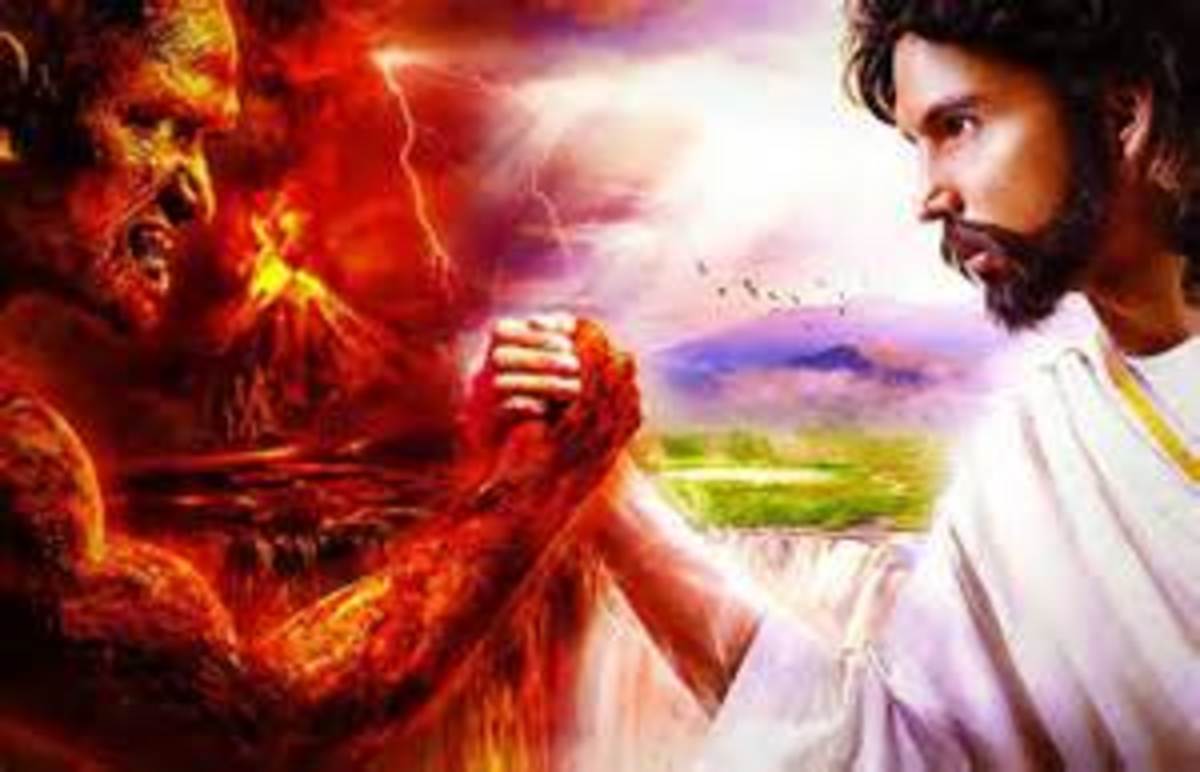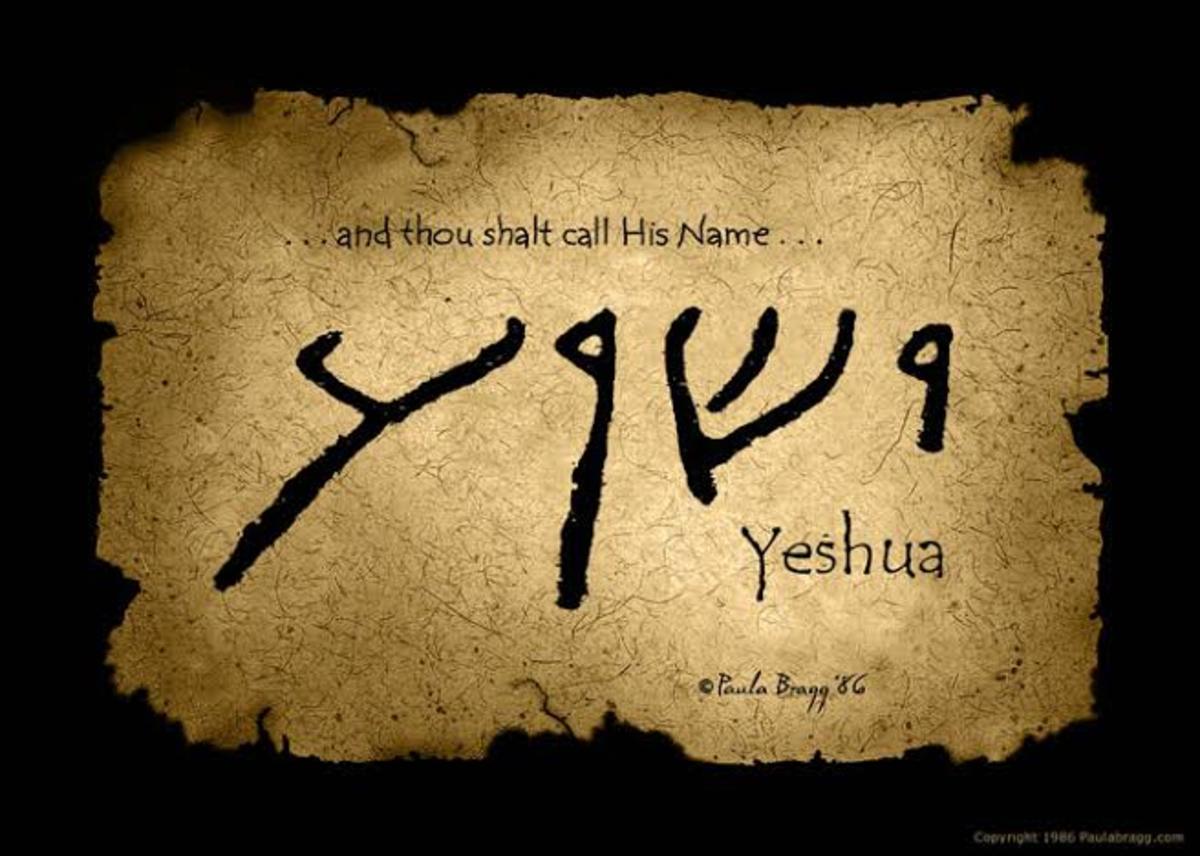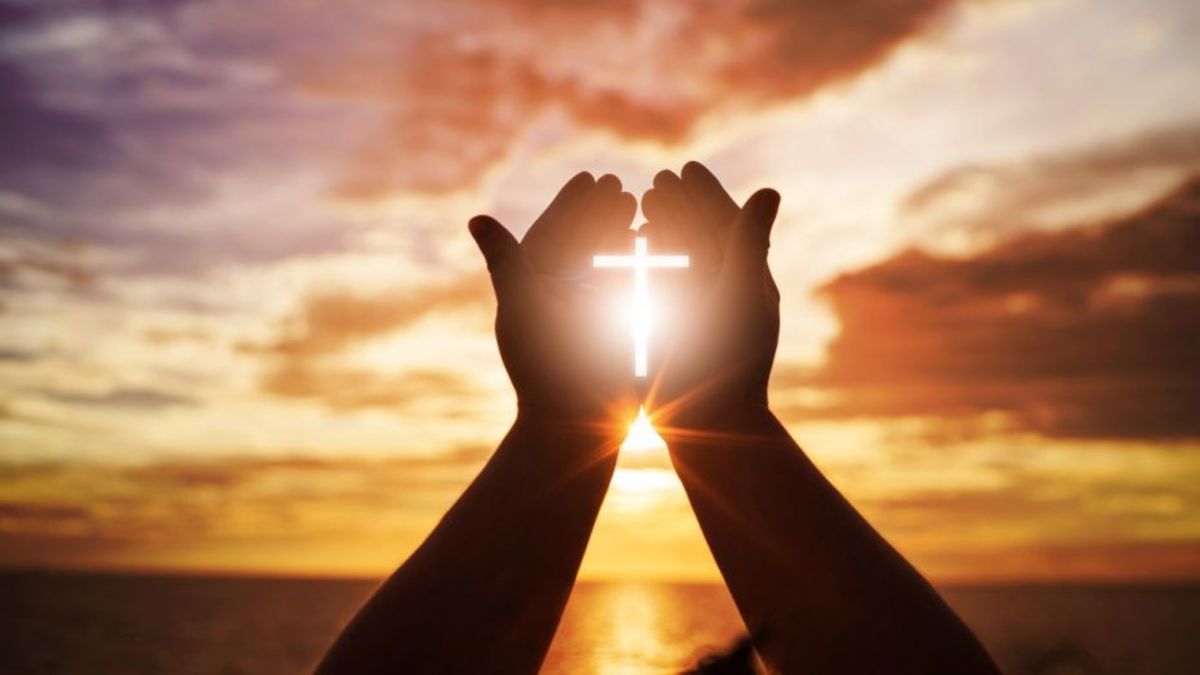Are Symbols Important to God (A Study in the Lord's Supper, Episode X)
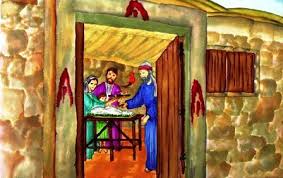

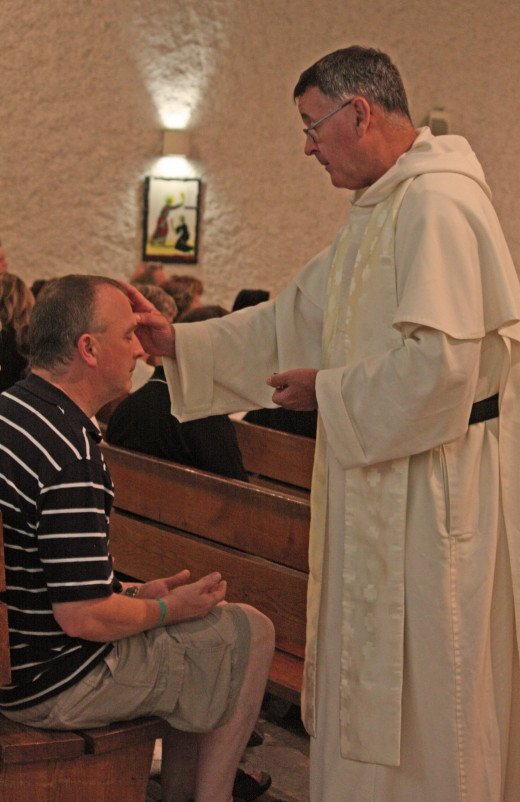
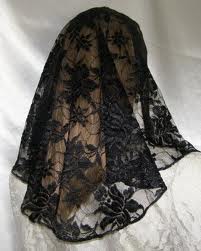
Referenced Texts
Ge 17:10 This is My covenant which you shall keep, between Me and you and your descendants after you: Every male child among you shall be circumcised;
Ex 12:7 And they shall take some of the blood and put it on the two doorposts and on the lintel of the houses where they eat it.
Ex 4:24-26 And it came to pass on the way, at the encampment, that the Lord met him and sought to kill him. 25 Then Zipporah took a sharp stone and cut off the foreskin of her son and cast it at Moses’ feet, and said, “Surely you are a husband of blood to me!” 26 So He let him go. Then she said, “You are a husband of blood!”—because of the circumcision
Le 10:1-2 Then Nadab and Abihu, the sons of Aaron, each took his censer and put fire in it, put incense on it, and offered profane fire before the Lord, which He had not commanded them. 2 So fire went out from the Lord and devoured them, and they died before the Lord.
Nu 20:7-11 Then the Lord spoke to Moses, saying, 8 “Take the rod; you and your brother Aaron gather the congregation together. Speak to the rock before their eyes, and it will yield its water; thus you shall bring water for them out of the rock, and give drink to the congregation and their animals.” 9 So Moses took the rod from before the Lord as He commanded him. ¶10 And Moses and Aaron gathered the assembly together before the rock; and he said to them, “Hear now, you rebels! Must we bring water for you out of this rock?” 11 Then Moses lifted his hand and struck the rock twice with his rod; and water came out abundantly, and the congregation and their animals drank.
Mt 9:17 Nor do they put new wine into old wineskins, or else the wineskins break, the wine is spilled, and the wineskins are ruined. But they put new wine into new wineskins, and both are preserved.”
Lk 22;19-20 And He took bread, gave thanks and broke it, and gave it to them, saying, “This is My body which is given for you; do this in remembrance of Me.” ¶20 Likewise He also took the cup after supper, saying, “This cup is the new covenant in My blood, which is shed for you.
Ro 6:4 Therefore we were buried with Him through baptism into death, that just as Christ was raised from the dead by the glory of the Father, even so we also should walk in newness of life.
1 Cor 11:6 For if a woman is not covered, let her also be shorn. But if it is shameful for a woman to be shorn or shaved, let her be covered.
1 Cor 11:29-30 Therefore whoever eats this bread or drinks this cup of the Lord in an unworthy manner will be guilty of the body and blood of the Lord. 28 But let a man examine himself, and so let him eat of the bread and drink of the cup. 29 For he who eats and drinks in an unworthy manner eats and drinks judgment to himself, not discerning the Lord’s body. 30 For this reason many are weak and sick among you, and many sleep.
Ja 5:14 Is anyone among you sick? Let him call for the elders of the church, and let them pray over him, anointing him with oil in the name of the Lord.
Are Biblical Symbols Important
In the last episode the true elements, which constitute a proper, biblical, observance of the Lord's Supper, were introduced. In that place we gave biblical and historical proof for leavened bread and fermented fruit of the vine. Since there are those who have suggested that symbols have no place in true Christian worship, I submit the following apology.
God’s Attitude Toward Symbols:
It should be pointed out that Yahweh is very serious about the symbols which He has established for His people. They must not simply be ignored.
- We only need to think of Moses and the smitten rock (Numbers 20:7-11). ∼ Moses was not permitted to enter the promised land because he failed to maintain God’s symbol.
- Then there is the story of Nadad and Abihu and the offering of strange fire upon the altar (Leviticus 10:1-2). ∼ They were killed because an important symbol of true worship was defiled.
- One should consider the blood of the Passover lamb (Exodus 12:7);
- the rite of circumcision (Genesis 17:10);
- the oil of anointing (James 5:14);
- the waters of baptism (Romans 6:4);
- the headcovering of the Christian woman (1 Corinthians 11:1-16);
- and, last but not least: the bread and the wine of the Lord’s Supper (Luke 22:19-20).
All of these things, just mentioned, are symbols that God incorporated into His kingdom to teach certain truths and principles. It will be acknowledged by all, that God was very particular concerning the symbols of His principles; so much so, that when they were violated God’s judgment was demonstrated upon the symbol breakers. For instance, in the matter of the smitten rock, neither Moses nor Aaron were permitted to enter the promised land. When Nadab and Abihu offered strange fire upon the altar (which was only a symbol that reflected a principle for the people of God), God killed them because they failed to keep His symbol. The blood of the Passover lamb had to be applied to the door post a certain way. It was only a symbol, yet God was particular about His symbol, and brought judgment upon those that neglected it. The rite of circumcision was only a symbolic act. Yet, God is very particular about the rite of circumcision; so much so, that the angel of the Lord was prepared to slay the son of Moses because he had not been circumcised (Exodus 4:24-26). The oil of anointing, and the waters of baptism have a central position in New Testament worship. The bread and wine of the Lord’s supper are special symbols; yet, when not partaken of in proper faith, believers become sick, and some even die, because they mishandled God’s symbols (1 Corinthians 11:27-30). All these are symbols that God holds sacred. Just as these symbols could not be abused without God’s judgment, so, too, the Christian symbols of leavened bread and fermented wine, as the communion elements, must not be ignored or be treated in a cavalier manner—lest the Church be judged.
A living illustration of this is found in the spiritual condition of that part of our nation called New England. At the beginning of our national history it was New England, Massachusetts in particular, that was the bulwark of Christian morality. However, the community of Christians that settled that part of our nation brought with them, from England, a strong distaste for the use of symbols in their worship of Christ. Everything from the image of the cross to the elements of the Lord's Supper were relegated to a place of unimportance (if not outright taboo) in their system of religiosities. Consequently, that part of our nation, today, is almost void of any real Christian influence. The author has observed this firsthand; having lived and ministered in that part of our nation for some years. The truth is: when the symbols of the faith are no longer visible, the truths they represent are very soon forgotten. Knowing this about the human psyche, Yahweh instituted symbols, as one may paint lines on a highway, to keep His people safe and traveling in the right direction.
Therefore, the crux of the matter is this: the Lord God has placed symbols into the economy of His kingdom to teach certain principles. These symbols are so important to God that judgment is brought upon those who do not observe them, or who observe them in a disrespectful manner. When Jesus was asked about certain forms of New Covenant life (see Matthew 9:17 with parallel passages at Mark 2:22 and Luke 5:37-38), He introduced the parable of Wine and Wine Skins. Obviously, in this parable it is the wine that is important. However, the wine (which stands for the principle) is put into wineskins to preserve it. The wineskin, represents the symbol which teaches and preserves the principle of Covenant life. Evidently, the principle is the important thing and it is God’s intention to preserve it. The Church’s mission is to keep and practice all New Covenant principles. In our study of the Lord's Supper the principle is the efficacy of the body and blood of Christ; the symbols (or wineskin) which the Holy Spirit has given the Church to teach and preserve faith in the body and blood of Christ are leavened bread and fermented wine.
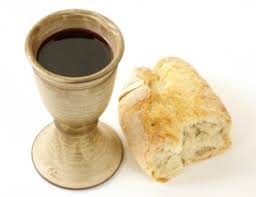
When the symbols are neglected, the lessons they teach are soon forgotten.
Apostolically Speaking
☩ Jerry L Hayes
Own this book on the Lord's Supper, by Bishop Jerry, today!

Read More From the Bishop on the Lord's Supper.
- The Lord's Supper (From the Beginning)
This article is the introduction to a series on the Lord's Supper. Jesus instituted this covenant meal and commanded its observance. Here we review the teachings of those whom the apostles taught. - What Is the Lord's Supper, Episode II
In this writing the author gives a brief description of the different terms used by Christians to describe and identify the sacramental meal Christ instituted the night before His death. - Breaking Bread (The Lord's Supper, Episode III)
This writing establishes the biblical phrase "Breaking Bread" as a discriptive name for the Lord's Supper. - The Christian Altar (The Lord's Supper, Episode IV)
As one searches the New Testament for a reference to the Christian altar, it comes as a shock to evangelicals that the Lord's Table is the only New Covenant altar mentioned. Here, we declare it so. - Who May Partake of Holy Communion? (The Lord's Supper, Episode V)
The question of "Who may Partake of holy Communion" is explained by this writing. Some churches practice "open communion", while others practice "closed Communion." Which is biblical? - Is The Lord's Supper Salvific? (The Lord's Supper, Episode VI)
This article reviews the question; Is partaking in holy Communion necessary for salvation? - How Often Should the Lord’s Supper be Observed? (Episode VII)
With the many different practices of Eucharistic observance in Christianity it may be a challenge to know what the biblical frequency is; this article seeks to present the biblical view. - Who May Administer the Lord's Supper (Lord's Supper, Episode VIII)
There is a message being sent from non-denominational type churches that just anyone may officiate at the Lord's table. Counter to this is the question of the imperfect minister. What says the Bible? - The True Elements (Lord's Supper, Episode IX)
This article covers the question as to the nature of the biblical elements of the Lord's Supper. Christians are divided over leavened or unleavened bread; fermented or unfermented fruit of the vine. - Bishop's Epistle: The Real Presence (Lord's Supper, Episode XI)



